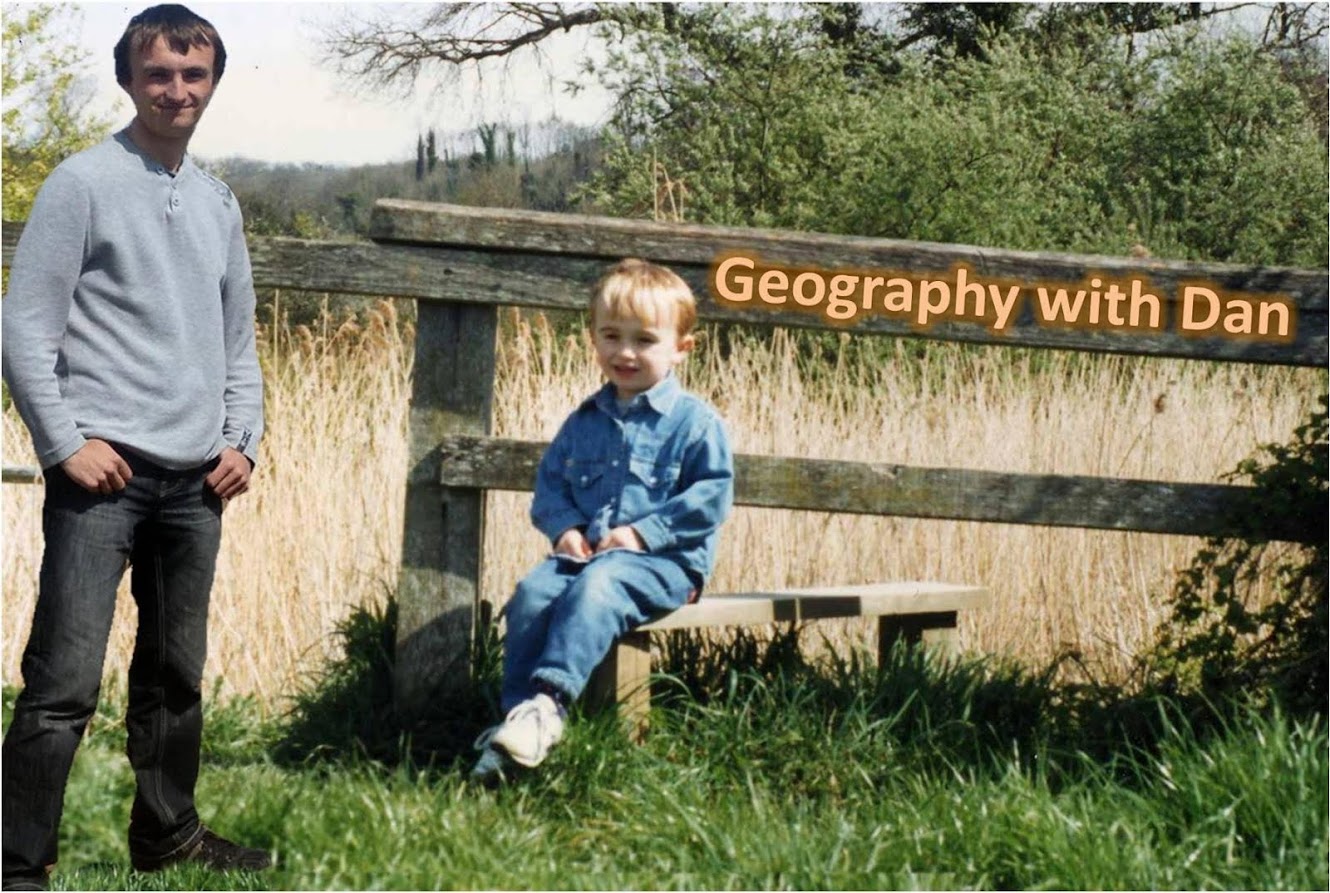Today, I would go out on what would be my third field trip investigating the lakes of Alaska, and our chosen lake today was Vault Lake; half an hour away north of Fairbanks and not easily seen from the road, which meant that our highway dominated journey concluded with a brief drive along a dirt track. Vault Lake actually is situated next to an old gold mine; some of the mining equipment can still be found, to this very day, scattered around.
The lake itself, just like the other lakes we have visited and worked on, is a typical example of a thermokarst lake- read previous posts for an explanation on that. The north bank shows signs of failure, with slumping quite developed in some regions whilst the south bank is perhaps more stable, and doesn't accomodate tall growing trees, but tussock, grasses and ground shrubs mostly. We noticed as we started to make our first footprints into the snow on top of the lake, that the ice here was not as thick and so we had to watch our step carefully throughout the day. The lake also showed evidence of a lot of gaseous activity; in other words, methane bubbling from thawed permafrost up to the surface of the lake.
In the distance was a mountain. For some reason, whilst surveying the lake, it caught my eye, and it was its colour that I was most impressed with. It reminded me of the colour of a freshly baked cake, golden brown as it comes out the oven. I was starting to feel hungry and so turned away to continue on with the work.
Eventhough our task was the same as Tuesday, (recording the bathymetry of the lake by measuring lake depth at standard points), the way we went about it was different, and by doing it a different way, we could evaluate which particular method was best. We started (that's me, Jacob and Allen) to mark out a grid on the ice, marking out every 2 and 1/2 meters with an 'x' using just our shoes. It was critical to make sure the grid was as accurate as possible, but I can't help feeling that marking out on ice with just our boot was a sophisticated method. (By the way, this is what a bunny boot looks like).
The next job was drilling, and this time, we used an industrial machine- a gas powered auger, which could drill a hole in about 10 seconds. Jacob did most of the drilling, and there was a fair few holes to be drilled. (134 to be exact!)
Whilst Jacob busied himself with drilling, my job was to measure the depth of the lake. It certainly wasn't as deep as previous lake excursions, only being about 3m deep, but still, the topography of the bed was very interesting. There was an undulation of 2m between two points suggesting a possible depression caused by permafrost thaw.
Next week, we shall be returning to do some more work on lakes, but until then, I'll be happy to get my feet on stable terra firma!








No comments:
Post a Comment